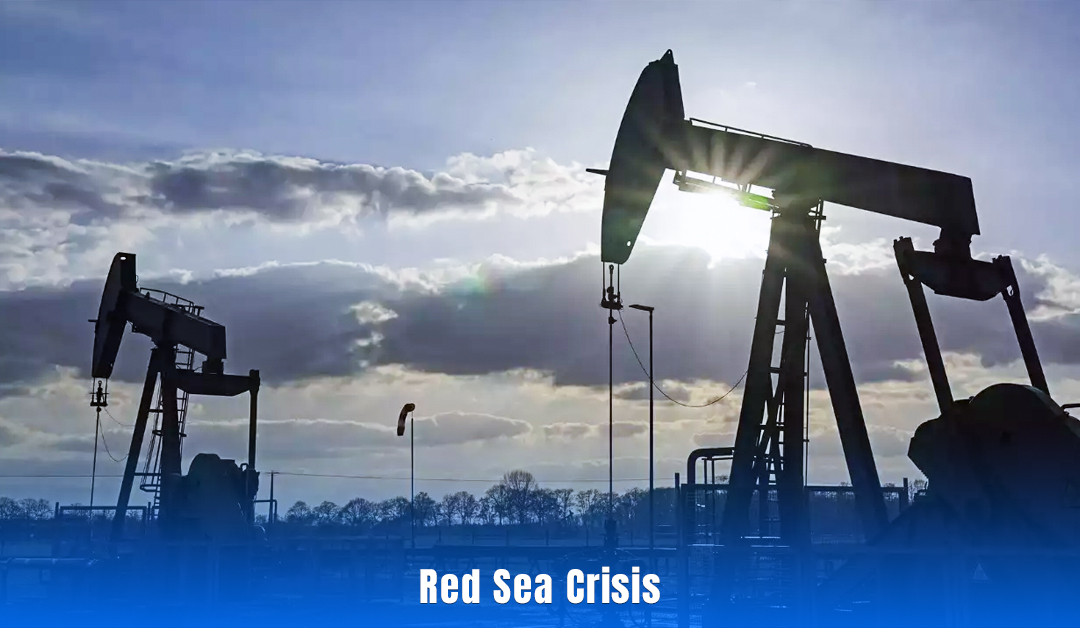Red Sea Crisis: India’s petroleum exports to Europe nosedive to 18-month low in January

Red Sea Crisis
India’s diesel exports to Europe, which had touched a record high of over 287,000 barrels per day (bpd) in December, 2023, crashed to around 40,000 bpd in January. Consequently, India’s overall petroleum product exports to Europe in January fell almost 70 per cent from December to around 111,500 bpd — the lowest since July 2022.
India’s petroleum product exports to Europe nosedived to an 18-month low in January, 2024, with tankers hauling fuels — mainly diesel — avoiding the Suez Canal route in view of the security concerns in the Red Sea region, as per data from commodity market analytics firm Kpler.
India’s diesel exports to Europe, which had touched a record high of over 287,000 barrels per day (bpd) in December, 2023, crashed to around 40,000 bpd in January. Consequently, India’s overall petroleum product exports to Europe in January fell almost 70 per cent from December to around 111,500 bpd — the lowest since July 2022.
Total petroleum product exports of the country in January declined nearly 18 per cent from December levels to 1.11 million bpd, seemingly due to a combination of the Red Sea trade disruptions and robust domestic demand in India. The impact of the Red Sea troubles on India’s overall petroleum product exports was rather limited in January as exporters shifted cargoes to various other geographies, the shipping data indicates.
Countries that saw a spurt in petroleum product dispatches from India in January vis-à-vis December include Saudi Arabia, Australia, Indonesia, Japan, Oman, Sri Lanka, and Bangladesh, among others.
Over the past couple of months, a number of cargo ships have come under attack from the Yemen based Houthi rebels, around the Bab el-Mandeb strait, which leads to the Red Sea and Suez Canal, forming the shortest, route to the Mediterranean Sea and beyond from the Arab Peninsula, North-East Africa, and the Arabian Sea. The route is seen as an important artery of global goods and energy supplies. The Houthis have so far claimed that they are targeting vessels with links to Israel and its allies in view of its military offensive in Gaza.
The security situation in the Red Sea region has forced a number of major shipping companies to shun the route and instead take the much longer route around Africa via the Cape of Good Hope. Higher risk premiums and longer voyages have hit movement of goods between Asia & Europe, and Asia & North America in terms of significantly higher freight rates. The majority of Indian fuel exports to Europe are now going around Africa, adding 15-20 days to the voyage.
India was traditionally not one of the major fuel sources for Europe, with the continent depending heavily on Russia for energy imports. However, in the aftermath of Moscow’s February 2022 invasion of Ukraine, as Europe started shunning Russian crude oil and fuels, India emerged as the largest buyer of Russian seaborne crude and also a major fuel supplier to Europe with all such shipments passing through the Red Sea. Interestingly, the movement of Russian oil through the Suez Canal-Red Sea route has largely been immune to the prevailing crisis as Russia is perceived as Iran’s ally and the Houthi rebels appear to be backed by Tehran.







